Since the debut of GameFi and its tremendous impact on the gaming business, we have seen an influx of new users. However, many others have yet to decide whether to join the Non-Fungible Tokens (NFT) bandwagon or not due to news of harmful NFTs projects.
In the previous several months, the GameFi market has proceeded to grow huge popularity. Since its launch in 2013, GameFi with NFTs has taken center stage and has been one of the most talked-about subjects in gaming.
For instance, the entire worth of Axie Infinity, the most popular NFT game on the market, presently stands at $550 million; this is according to statistics made accessible by DappRadar analytical agency.
However, despite the achievements recorded by the industry, GameFi has many challenges to face with, the biggest one being that a minority of developers are playing on the weakness of the members of the public to launch poisonous projects with little sustainability.
NFTs and Gaming: A Relationship
You must have a solid understanding of Non-Fungible Tokens and smart contracts in order to grasp GameFi. Non-fungible tokens, for those who do not know, are digital assets that take the form of smart contracts and are kept on the blockchain.
NFTs are only a piece of code, much like a link to an image, despite the fact that this may sound too complex for the typical person to comprehend.
When it comes to gaming, a Non-Fungible Tokens game can only succeed if it has a significant user base and its own economy. Players can easily purchase, sell, and trade in-game items for actual money thanks to the economy.
Relatable: NFT Games: How Do They Work?
What Role Do NFTs Play in Gaming?
The Non-Fungible Tokens is connected to the smart contract. Although it is only a short line of code, it sounds serious and professional.
In addition, this tiny bit of code may be anything, even a link to a JPEG file kept on the main server. In fact, the majority of Non-Fungible Tokens currently are just that.
A smart contract is not a multipurpose tool because it is used to “manipulate” a Non-Fungible Tokens object between games.
It does not contain a model, textures, description, sound, animation, etc which would make it simple to move a character or object from one game to another.
As a result, for the integration between two games to succeed, only one infrastructure or gaming engine may be used to build, manage, and maintain both games. The gaming industry currently lacks such linkages.
Additionally, an NFT game can only function if it has a sizable user base and a functioning economy where players may trade Non-Fungible Tokens for in-game goods. These economies do exist in many conventional games, though.
For instance, while Counter-Strike: Global Offensive is promoting skins for the cost of homes and vehicles; Eve Online sells and buys ships for real money. Non-Fungible Tokens have no intrinsic value; hence it is up to the NFT owner to persuade users that their assets are worth actual money.
It turns out that even if game makers do not aim to deceive players and instead want to develop their project, they must persuade users of their product’s uniqueness, freshness, and point of interest, which is highly unusual.
How to Detect a Fake Game?
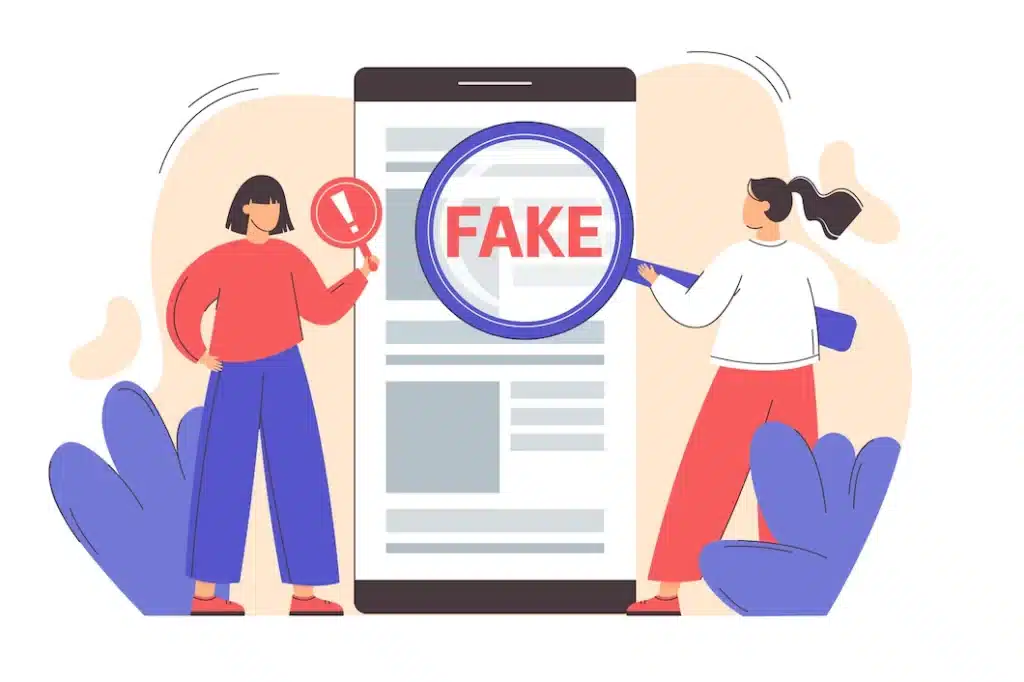
A novice may find it challenging to quickly identify a scam game that promises a lot of exciting rewards due to the surge in fake NFT games. The majority of these scam games have very little to no structure, but their developers nonetheless released them.
Even worse, many of these coders lack any prior knowledge of blockchain technology or NFT. They exclusively employ enticing deals and excellent websites to entice new users.
You should pay more attention to the following details to recognise a toxic game:
Team for the Project
Professional project builders always have a lot of experience. You can easily find their biographies online, along with information about how successful their past ideas were.
However, GameFi has many serious projects that are started by anonymous teams. Because they hide behind nicknames or fake names, not much is known about them.
Reviews of Specialised platforms
Advertising slogans should never be used as the basis for a project. It is better to read reviews about them on professional sites that are not affiliated with them. When new projects come out, the blockchain community reacts quickly to them.
Any idea will be looked at from all sides in a few hours.
Nevertheless, scammers have changed and found new ways to trick people. Some teams “shill” projects by writing good things about the company on sites that are not owned by the company.
They sign up for many fake accounts on large forums that look like they belong to real people. When they get a command, they send the prepared text based on the training manual. Therefore, investors can’t just depend on reviews.
Smart Contract
Use tools like Etherscan or BscScan to check the project’s smart contracts. The block explorers will tell you when the project was done, when it went on sale, how many people used it, and how many tokens were made.
Future Project Revenues
Every project is started with the intention of making money, and it is essential to have a solid understanding of where the value addition will originate. One should not put money into something unless they have a good understanding of where the money is going to come from.
Network Marketing
There are a number of GameFi projects that are constructed on a multilevel marketing (MLM) platform. This is very much like traditional forms of network marketing, which in and of themselves do not constitute fraud.
However, if the project relies solely on network marketing for revenue generation, then it is most certainly a scam, despite the fact that a great number of legitimate projects have successfully recruited new members through the use of MLM.
Mechanisms for value addition are required in addition to multi-level marketing. Real projects can’t make unreasonable promises to their users about the amount of profit they will make.
Final Take
Even while the value of the NFT gaming business is significantly inflated, the potential of NFTs as an investment has not yet been fully realised.
It is necessary to have a broader understanding of NFTs rather than the narrow conception that they are merely goods won after spending many hours grinding.
Specifically, against the backdrop of erratic trading in assets with no obvious use case, sceptics have developed a negative bias toward NFT games. This bias has been generated.
NFTs are capable of having and ought to have inherent value. In order for the market for non-fiat currencies to develop to its full potential, there must be a robust connection to actual assets and services.
Also read:
TOP 5 best NFT games (or NTF earning games)

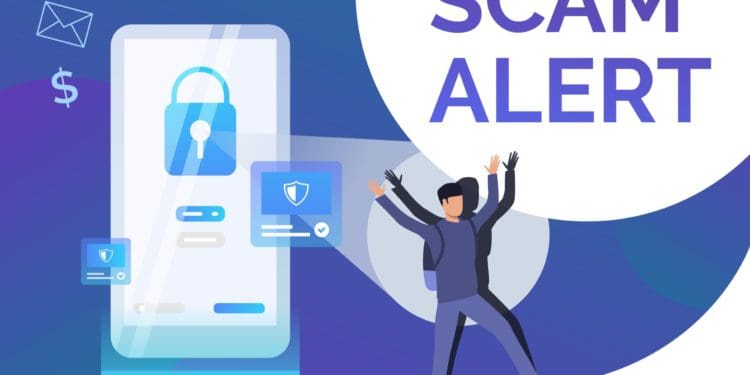



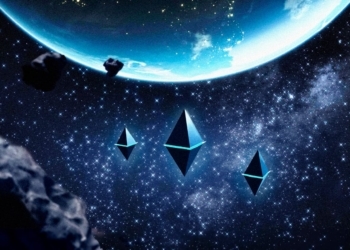
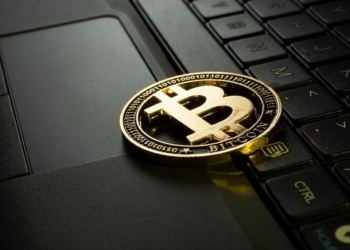

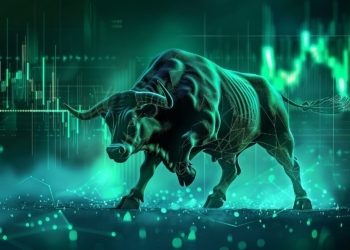
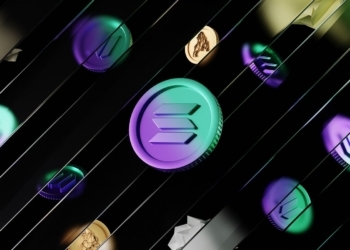

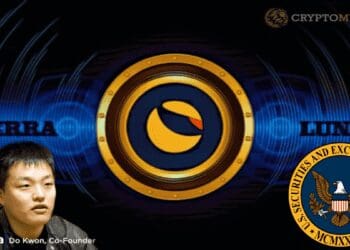

Discussion about this post